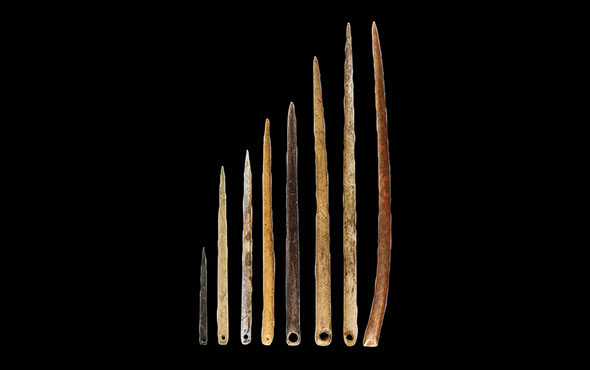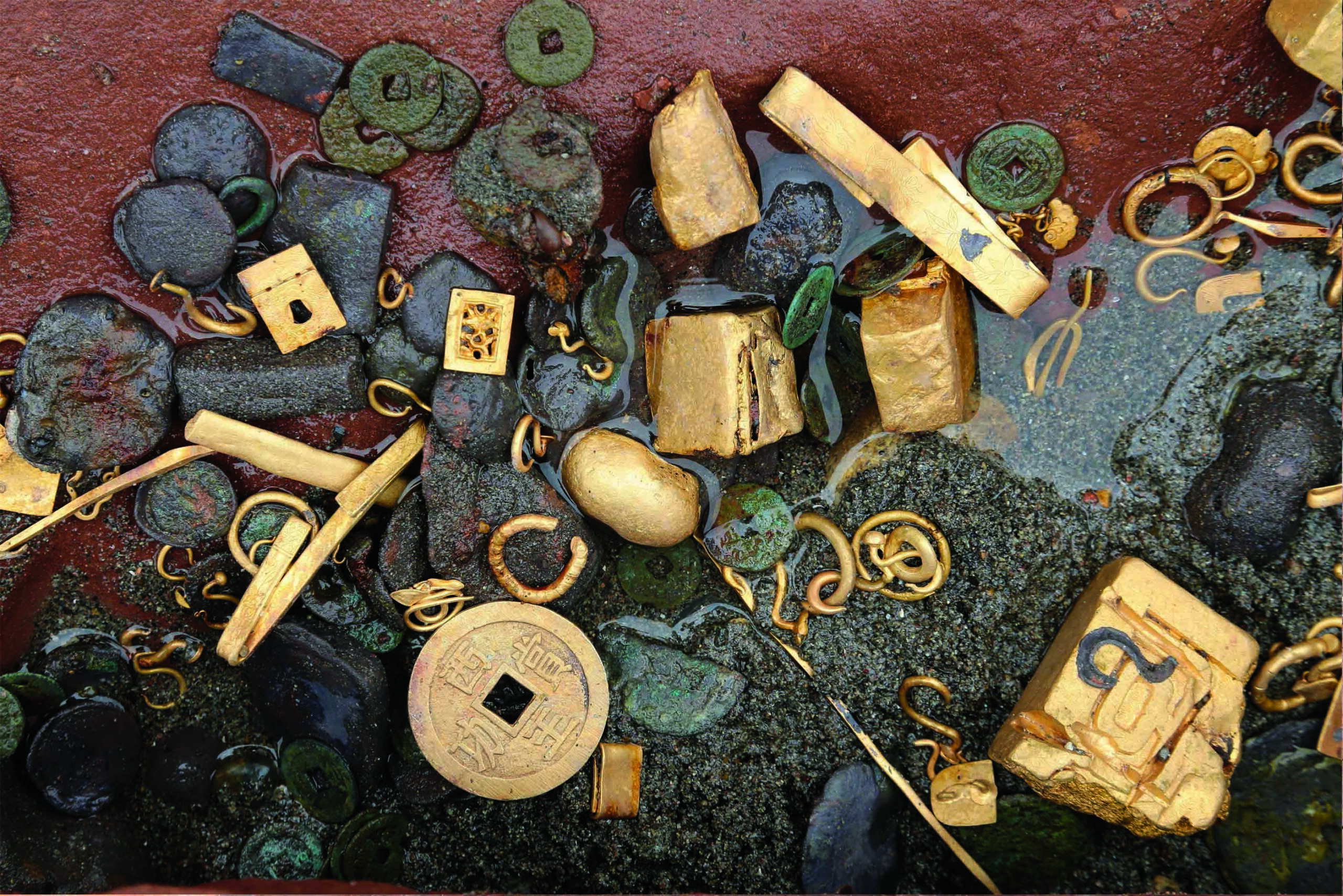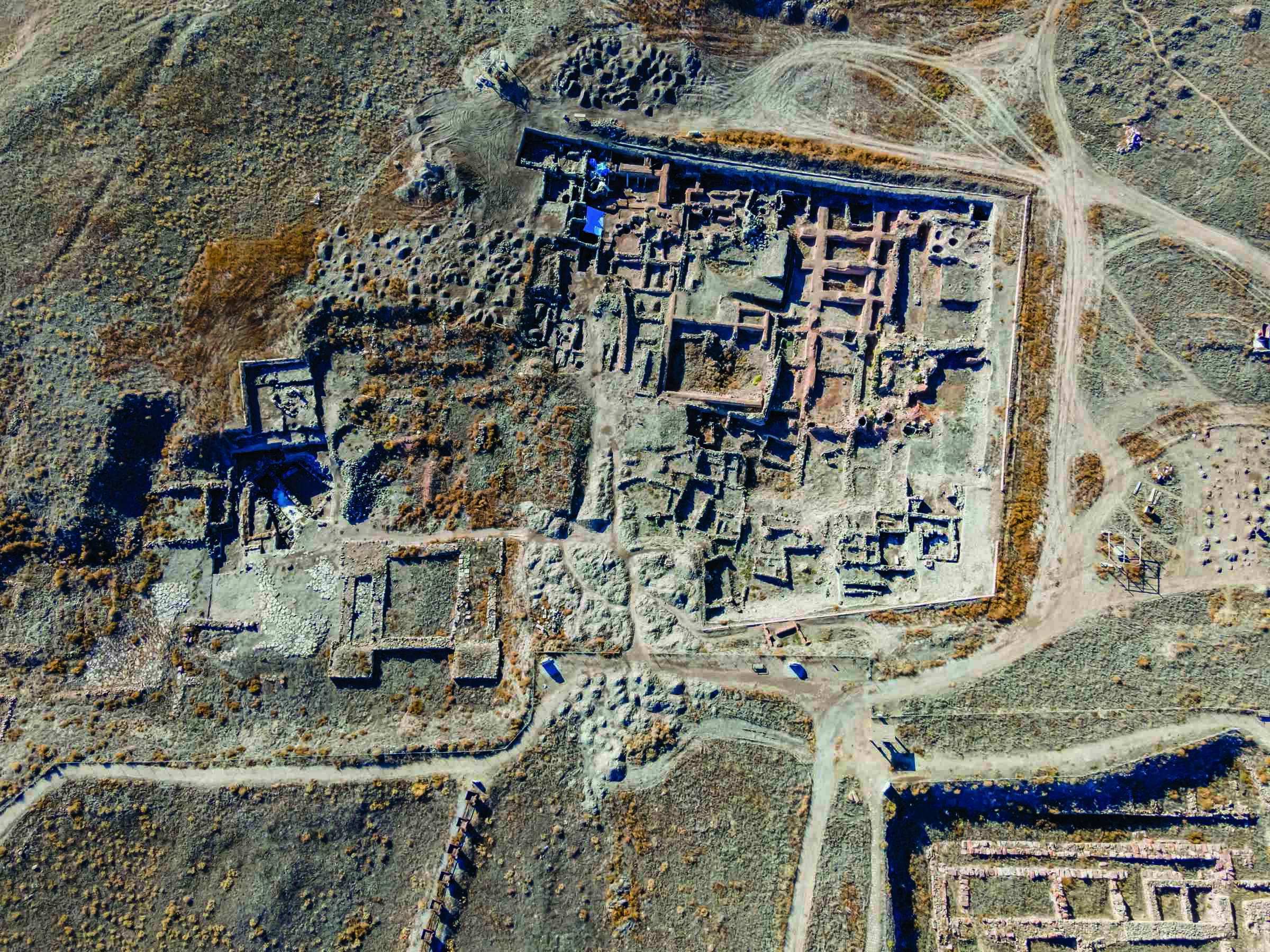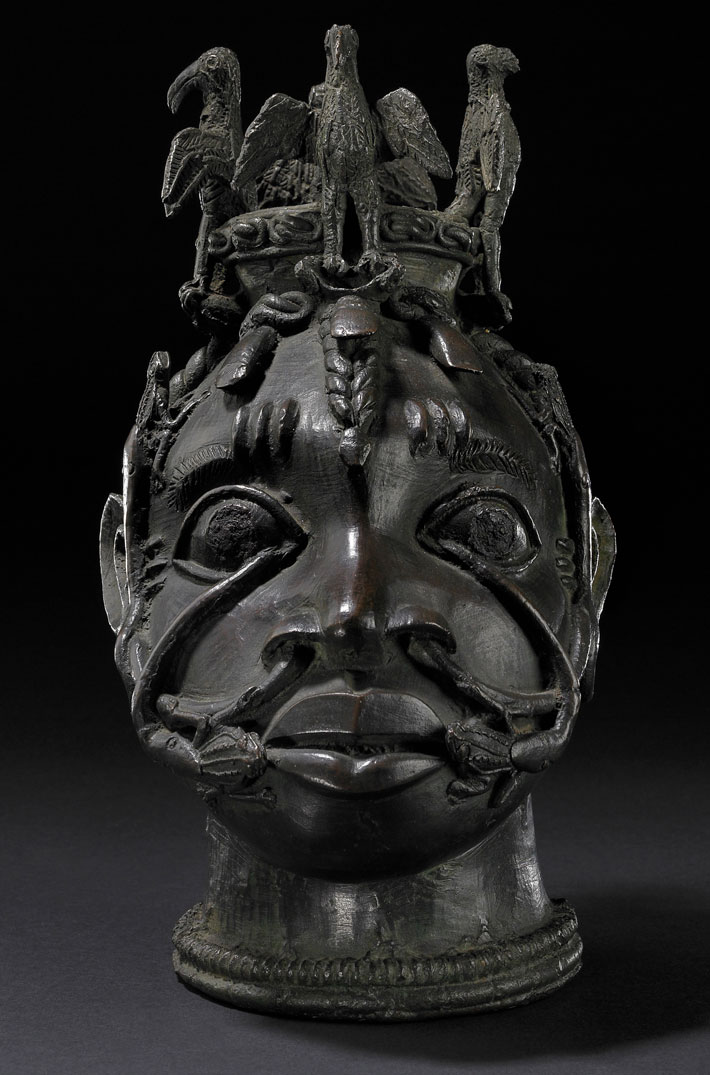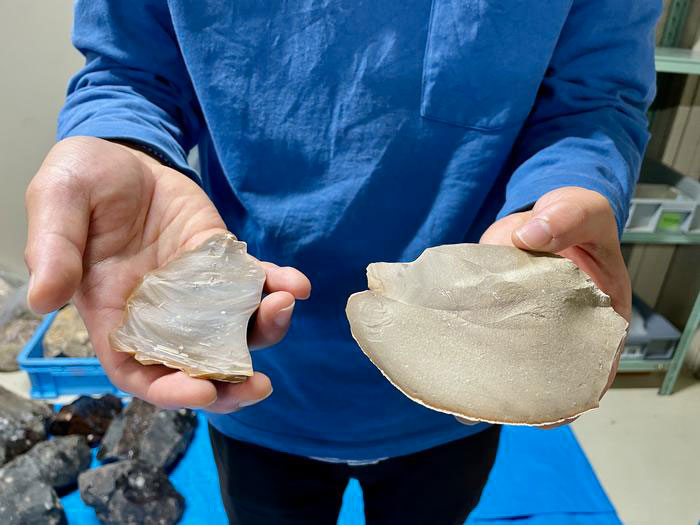
NAGOYA, JAPAN—According to a statement released by Nagoya University, researchers Eiki Suga and Seiji Kadawaki of Nagoya University determined in a previous study that medium-grained flint was more commonly used to make tools in the Jebel Qalkha area of southern Jordan during the Middle and Upper Paleolithic periods, between 70,000 and 30,000 years ago. In their new investigation, Suga and Kadawaki used a Schmidt Hammer and a Rockwell Hardness Device to evaluate flint nodules in rock outcroppings in the region. Tests of the rock outcroppings showed that fine-grained flint required less force to fracture than medium-grained flint, which would have made it easier to break off from the rock face, and fashion into sharp-edged tools. Yet, the study also revealed that much of the fine-grained flint in the area contained internal fractures, making it unsuitable for the creation of large tools and blades. So, although the medium-grained flint was harder to work with, the resulting tools would have lasted longer, the researchers concluded. “This study illustrates that the Paleolithic humans changed their choice of raw material to suit their stone tool morphologies and production techniques,” Suga explained. To read about burnt flints that are evidence of fire use in the Levant, go to "Catching Fire and Keeping It."





